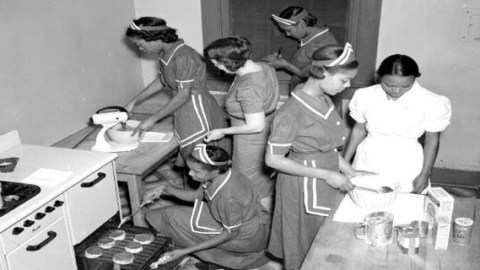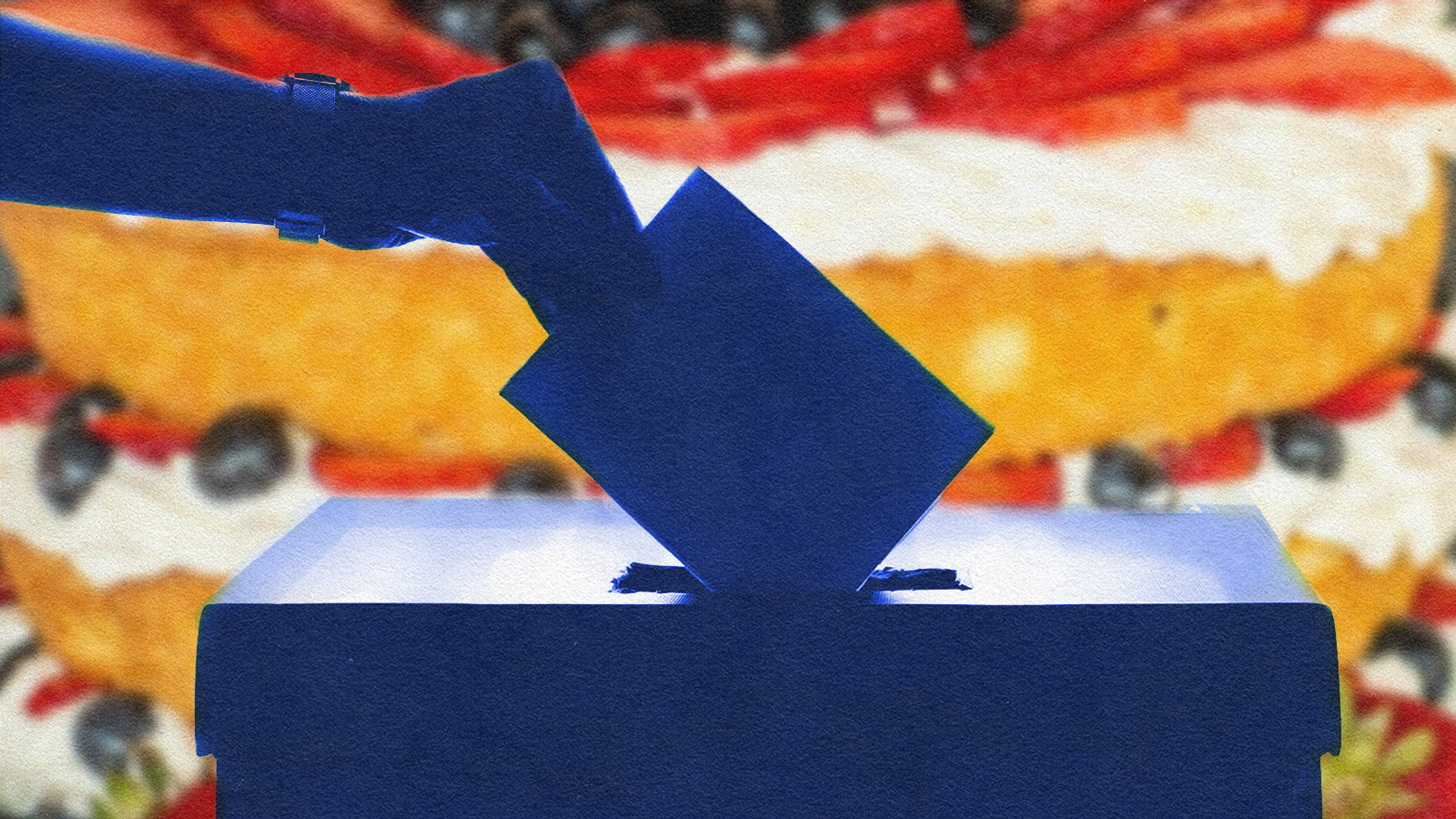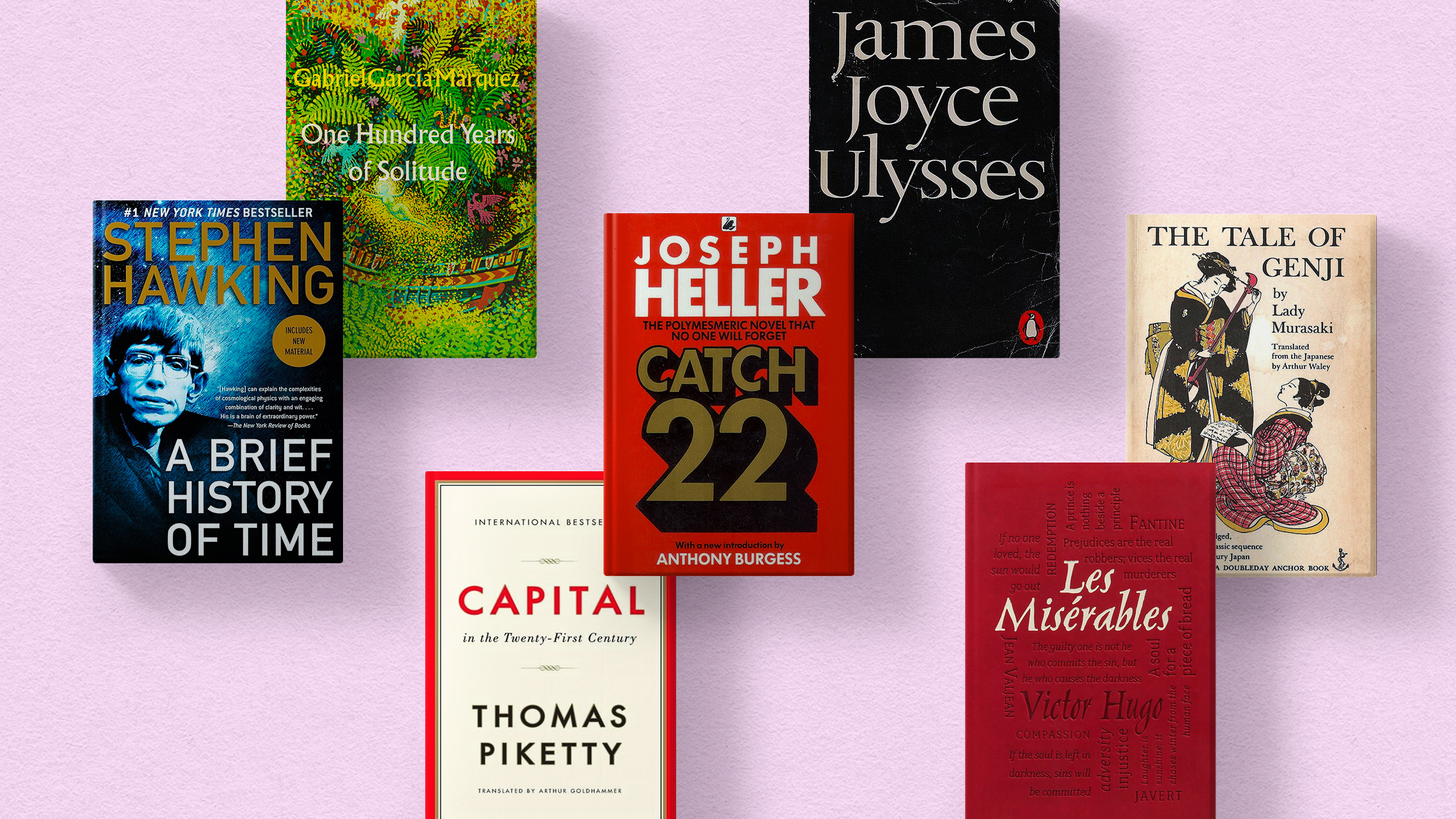Kathryn Stockett Brings The Help Into The Conversation

After finishing The Help by Kathryn Stockett a couple of days ago, I just put the book down and sat still for a few minutes, letting the final remnants of the novel settle into my consciousness. There aren’t very many books that a reader takes with them wherever they go, but from the time I picked up this tale about African American maids who worked in white households in the 1960’s, I was hooked.
In our house, we are demonstrative readers. The better the book, the more lively the reactions, which may range from sighs of disappointment, hmmmphs of disgust, squeals of delight, shouts of outrage, groans of anger, peals of laughter, to an outright monologue, delivered with gusto, as if the author is in earshot.
Ms. Stockett got the full treatment last weekend. By the time I finished reading The Help I was tired. I was worn out from all of the unpredictable twists and turns in the plot. I was emotionally spent from the plainly wrought scenes of black women and the suffering they endured from the white women who employed them. I was psychologically exhausted by the connection between the injustices of yesteryear and the plight of blacks in America today. But it was the good kind of tired.
The most striking thing about the book, narrated in the alternating voices of three women – two of them maids, the third the book’s blond haired protagonist – was the way Stockett, whose book jacket picture suggests a striking physical similarity to the Junior Leaguers she lampooned mercilessly throughout the novel, was able to do such a convincing job of portraying the complex emotions of pre-civil rights era domestic workers in the Deep South.
The whole idea of the book—black women servants telling the good, the bad, and a whole lot of ugly about their relationships with the white families who employed them—made me think “someone finally gets it that we have only talked about race from one perspective in this country.” The book is a confessional in many ways, with the young, white Skeeter Phelan serving as the vessel through which the maid’s opinion’s are rendered.
As the book went on, though, and the number of maid’s stories Skeeter collected and edited increased, I couldn’t help but groan inwardly as I pictured the raw words of the black maids being edited and revised by the sensibilities of a young, privileged white woman. It was even more ironic that Aibileen, the first black maid to tell her story, and the catalyst for all the maids who followed her, was a woman who had been writing for “an hour or two a day” for decades, yet ended up helping Skeeter put the book together.
I had no idea how Stockett was going to end the story. It doesn’t seem that she did either – the ending, after such a masterful beginning and middle, left a lot to be desired. There were too many loose ends left dangling, with the last couple of scenes giving me a “tacked on” feeling. But these inconsistencies are just that—inconsistencies—that do not reduce the power of the exchanges between the cover of this book.
Like Skeeter Phelan in the novel, Stockett seems to have sorely underestimated the kind of animosity she was going to get from literary critics who felt it was presumptuous of the author to think she could speak for black people. But I’m glad Ms. Stockett wrote this book. In a lot ways, its popularity seems to signal that America may be ready to begin taking the next step on the long road to racial equality for all of its citizens—accepting legitimate criticism about America’s racial shortcomings from its minority contingent without reverting to a stance of smug, self satisfied denial.




